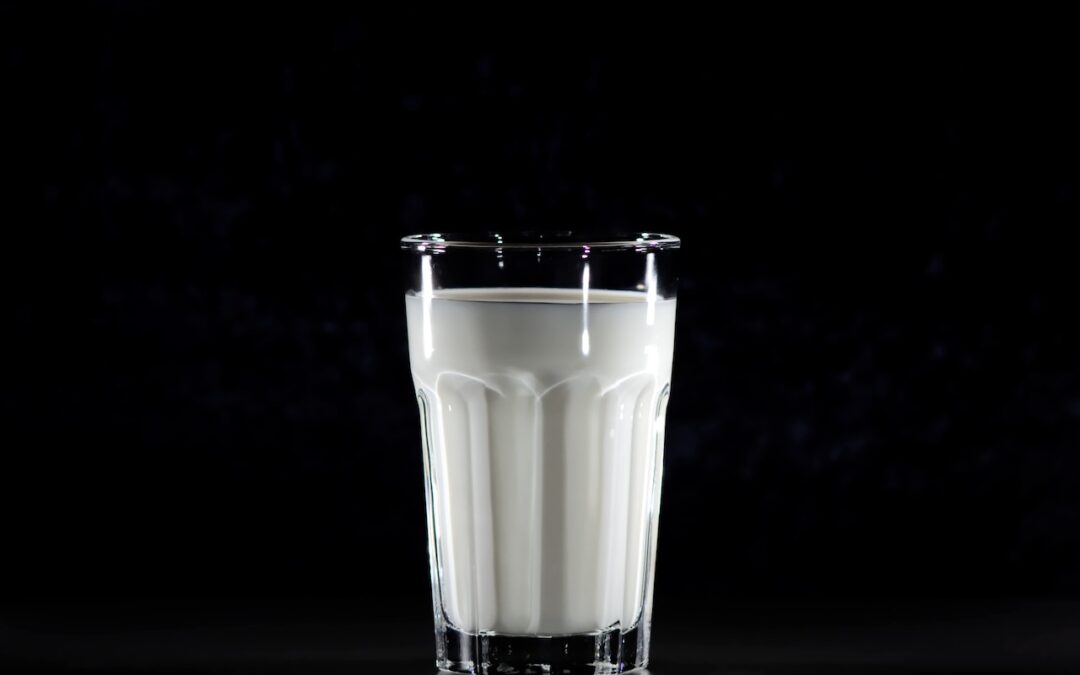Not all milk is the same. Milk from cows is different from milk from goats or sheep. Milk produced by humans is different from milk produced by other mammals. Milk is not the same in taste or in chemical composition.
Milk Protein
What makes the difference? Well, when we look at the various chemicals and compounds that make milk what it is, we know that different animals, even different breeds of the same animal, produce different types of milk. The specific genetics of an animal, what they eat and drink and even what medicines they may or may not be taking, all have an effect on the milk they produce.
One of the more lively debates in relation to different milks is the specific protein configuration that it contains. Milk protein is called casein, and there’s quite a few different caseins. Like most food derived proteins, milk protein or casein is broken down by digestion into its constituent building blocks called amino acids. But it doesn’t just explode into amino acids, intermediate short chains of amino acids called peptides are formed. Some of these milk peptides are chemically similar to opioids (yes, opioids as in morphine) and have names like the casomorphins. From an evolutionary point of view it makes good sense for milk to produce morphine-like compounds given how nutritionally important milk is to the young offspring of animals and humans, thus encouraging our young to drink lots of it. We literally can’t get enough of our addiction to milk.
a1 beta-casein and a2 beta-casein
The issue is that sometimes the protein configuration of milk might not be particularly advantageous. Particularly when it comes to the percentage of something called a1 beta-casein compared with a2 beta-casein. Quite a bit of research has been done in this area suggesting that milk high in a2 beta-casein might confer some important health and wellbeing benefits in relation to things like gastrointestinal or gut problems and beyond. Part of the reason for the preference for a2 beta-casein containing milk seems to be what peptides it eventually breaks down into and what effect they might have on our biology.
So how do you know if your milk is high in a2 beta-casein? Well, you can’t tell by looking at it, smelling it or even tasting it. What you can do is analyse the milk and look at the relative percentages of a1 beta-casein and a2 beta-casein. And that’s where we can help…
Milk analysis
Please see our a1 and a2 beta-casein tests for a milk sample and milk powder. Happy to answer any of your questions.

